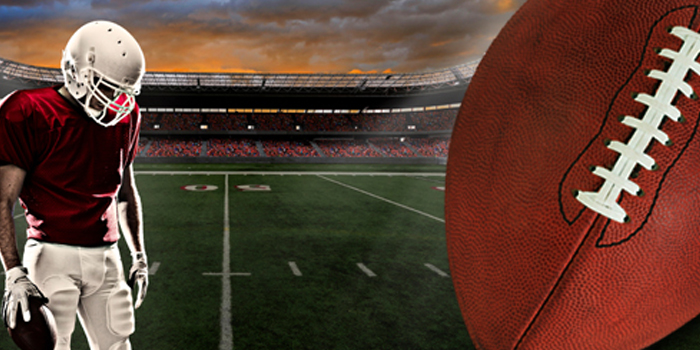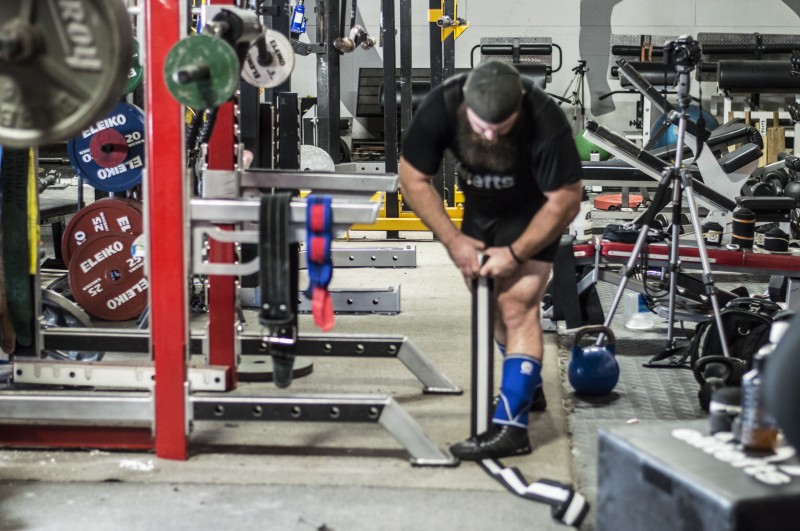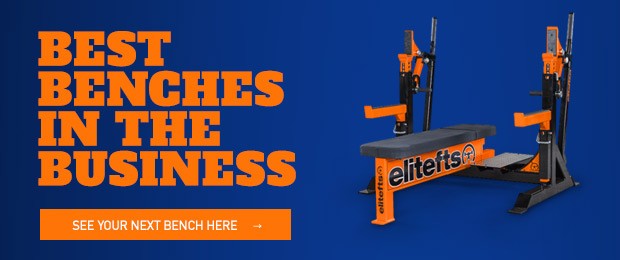
After reading various articles lately from different sources all around the strength and conditioning world, and after to talking to a number of strength coaches I know and respect, there seems to be a push in programming trying to answer the question, "why?" Why are we doing this exercise, this drill, running our program this way? And I couldn’t agree more with this line of questioning.
I think that this is one way a lot of us have lost ourselves along the way to what we are doing when we are designing our programming for ourselves, our staff, and our athletes. In coaching as well as life, there should be a purpose in everything that you do. That purpose should be to achieve a goal or number of goals that you have set for yourself or your program. Everything else is just clutter. The problem is when we allow clutter into what we do and don’t even know what it is or how it got there.
For example, it is easy to see the clutter when your goal is as simple as losing some weight. You make the right diet, follow it to a T. Everything is good, things are moving in the right direction. You know why you are eating what you are eating and you are taking care of business.
RECENT: Setting New Standards for Freshman Summer Training
Then you want ice cream. It does not fit into what you are doing or what you should be eating. Clutter. Whether you eat it or not is irrelevant, just the fact that you can identify it as clutter in that particular goal is the important thing. Clutter is not that easy to spot when you are putting a plan together for 100 or more players on just a football team, not to mention another couple of hundred others that you are training for your other teams. Then you have to deal with coaches, athletes, trainers, athletic directors, social media and on and on and on.
I don’t think people outside of what we do can fully understand what we have to deal with on a daily basis. It just adds more layers of clutter to an already messy situation. That is why it is so important to know the why in everything that you are doing. The strength and conditioning profession is so much more than it was before, for better in some ways and worse in others. In order to adapt to the constant changes, you must have a plan, and that entire plan must revolve around the word why.
Your mission statement, your programs goals and objectives, your plan for this training cycle, and your plan for today’s workout must all answer to the word why. I am trying to make it sound simple, and it really can be if you put in the time and effort at the beginning. I have done it numerous times at different schools and the more I put into the beginning part, the easier it is to handle the day-to-day issues I have to face. Here are a few steps I have used over the years that have helped me, my staff, and our athletes be on the same page.
Step 1: You must start with your mission statement.
It can be as simple or as complex as you want it to be. The mission statement is the core of what you want to achieve with your program. I want to emphasize the word your, because it represents you and what you want to do and how you want to run it. If you are lucky enough to be on the same page as the head coaches, all the better, but this is about what you want your program to stand for. Below is my mission statement. I wrote it years ago and it still holds true:
The mission of this strength and conditioning program is to provide a safe, challenging training environment that helps athletes maximize physical potential while minimizing athletic related injuries.
Everything we try to do with our athletes is working the why off of that statement. Why do we use collars? Safe training environment. Why do we do competition agility drills? Challenging training environment. Speed drills? Maximize physical potential. Mobility/Cool Down? Minimizing athletic related injuries. This is your mission. Now how do you get there?
Step 2: Program philosophy.
Program philosophy is simply building off your mission statement. This step is probably the most fun but also the most time consuming. This is the time that you dig into every part of your program and how you want it run. What is your discipline policy? How do you want your drills to start? To finish? How are you going to spot for lifts? How will you progress athletes? You need to go over every part of your program, try to think of every scenario you and your staff may face, and write down how you want it handled.
This will give you the why for almost everything you do. I know it is impossible to cover every scenario, but the more you get done, the better. It will make your philosophy much clearer and your job a lot easier. It will help you to avoid clutter too.
Step 3: Tell your staff.
This is a point that I have been horrible of in the past, until my staff finally pointed it out to me. I had spent days and days on my philosophy, and probably told my staff 25% of it.
I kept getting mad at them for not doing things the way I wanted them to be done. Finally, one of them took me aside and told me they want to do it right but had no idea how I wanted it done. I realized at that moment that communication is the key to success. Following that conversation, I had the longest meeting of my life with the staff. I got everyone involved in the weight room. I brought assistants, interns, volunteers, everyone, and went over the program philosophy.
RELATED: Novel Stimulus or Stupid Human Trick?
Everything for me changed after that meeting. Not only were we all on the same page, but they added some things that I had not thought of, and we all had ownership of the program, how we would proceed, and it became our program philosophy. They finally got the answer to all the "why" questions, and we just had to go out and execute.
As an example, one of our “philosophies” was that when an athlete missed a time in any conditioning run, he had to do a timed 1/4 gasser for every one missed. I remember two days after that meeting, we had a conditioning run. When we finished, the players broke it down. As the players were starting to leave the field an intern called out four guys and lined them up on the sideline. Now, normally when we break it down after a lift or run, that session is over and I almost let him have it. Then I realized that he had kept track of who missed a time, and he was running them for the ones they missed. He knew what to do because he knew the why of what we were trying to accomplish.
Step 4: Tell your players.
This is why you and your staff need to be on the same page — so everyone knows what is expected from them and from you. If an athlete knows the why of what he or she is doing, they are more apt to buy-in to your program, and everyone will be on the same page. I may pull a kid and back him down on weight in the squat. If he doesn’t know why I pull him, he may think he is being punished or ridiculed and it will confuse him and the team. But when everyone knows that if we pull a player because his form needs work and he is not ready for that weight, everyone including that player knows it is all in his best interest. One of my philosophies for sickle cell players is for them to take a knee at any time they feel that they need to or we tell them to.
Now, another philosophy is that we don’t allow players to bend over or put their hands on their head when they feel tired. So if you take a knee, it is easy to identify those who have that trait, and it is easy for us and the training staff to keep a closer eye on them. We got a late transfer in one year, and he was bending over, putting his hands on his head, etc.
The strength staff and the players all know that this is against our rules. We tell our players to never look tired, because in a game someone in the press box is going to see that and run right at their ass. So the staff and the players were getting on him, and he pointed out, “why are those guys on a knee and I can’t even bend over?’’ Before I could say anything, one of our players said that they have the sickle cell trait and it is done for their protection. I didn’t have to say anything more. They all knew why.
Those are just a few steps to help you realize how important the why is and how to get to it. It should constantly be on your mind, from choosing exercises to hiring staff. I hope this helps — good luck to all in camp.












Start With Why: How Great Leaders Inspire Everyone To Take Action Paperback – 6 Oct 2011 by Simon Sinek (Author)
Keep up the great work!